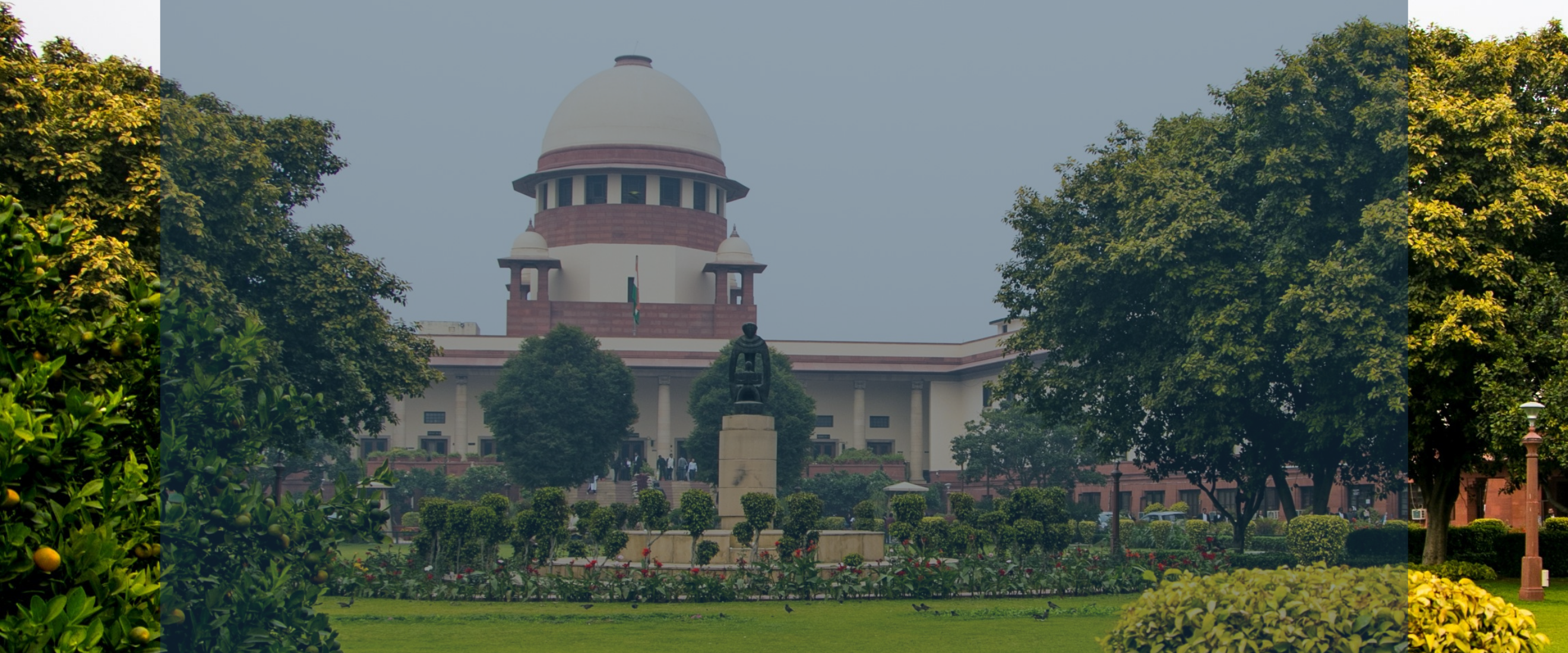Analysis
LGBT Rights: Comparing SC to SCOTUS
Has the SCOTUS jurisprudence on LGBT rights had an impact on the Supreme Court of India?

On June 15th 2020, the Supreme Court of the United States (SCOTUS) clarified that sex-based discrimination includes discrimination based on gender identity and sexual orientation. Bostock v Clayton County is a landmark judgment for the LGBT community in more ways than one: it prohibits workplace discrimination against LGBT people and accepts an expanded definition of ‘sex’ in the context of equality legislation.
Has SCOTUS jurisprudence on equality and LGBT rights, in particular, had an impact on its Indian counterpart? In Navtej Singh Johar v UOI, the Supreme Court of India (SC) declared that the criminalization of homosexual intercourse under Section 377 was unconstitutional. In doing so, it made liberal reference to the SCOTUS decisions in Lawrence v Texas, which struck down state laws criminalizing sodomy, and other related cases.
However, the two courts adopted different legal principles in support of their decisions. In Lawrence, SCOTUS ruled that that the law in question constituted an undue interference in an individual’s private life; it rejected the contention that it violated the right of the LGBT community to equal treatment before the law.
Why is this significant? By refusing to acknowledge that the LGBT community was entitled to equality, SCOTUS allowed the government to continue passing discriminatory laws to protect ‘compelling interests’ such as the institution of marriage or national security.
In effect, the ruling in Lawrence could not be used to challenge the bans on LGBT personnel serving openly in the army or same-sex marriage. While the bans were eventually overturned through protracted litigation and activism, the 17-year gap between Lawrence and full equality for the LGBT community in Bostock indicates that the former’s reliance on privacy was not particularly helpful to LGBT rights litigation.
Contrast this with Navtej Singh Johar, where the SC heavily relied on the right to equality to strike down Section 377. The case was preceded by NALSA v UOI, where the SC extended the equal protection of the law to the transgender community in 2014, six years before SCOTUS did the same.
This is partially attributable to the fact that these two cases were heard in an era far more friendly to LGBT rights than Lawrence. The SC was able to rely on an expansive body of foreign jurisprudence and international law, all of which cited the right to equality at the primary basis to recognize the rights of the LGBT community.
Although homosexuality has now been decriminalized in India, there have been few substantive policy changes to address discrimination against LGBT people. Homosexuality continues to be an offence under the Army Act, effectively prohibiting openly gay people from serving in the army. Same-sex marriage also has not been legally recognized.
However, by recognizing that LGBT people have the same rights to equality as other citizens, the SC has left the door open for activists to challenge these policies as discriminatory. Will this decision be relied upon in future petitions to expand legal protections and rights for the LGBT community?
